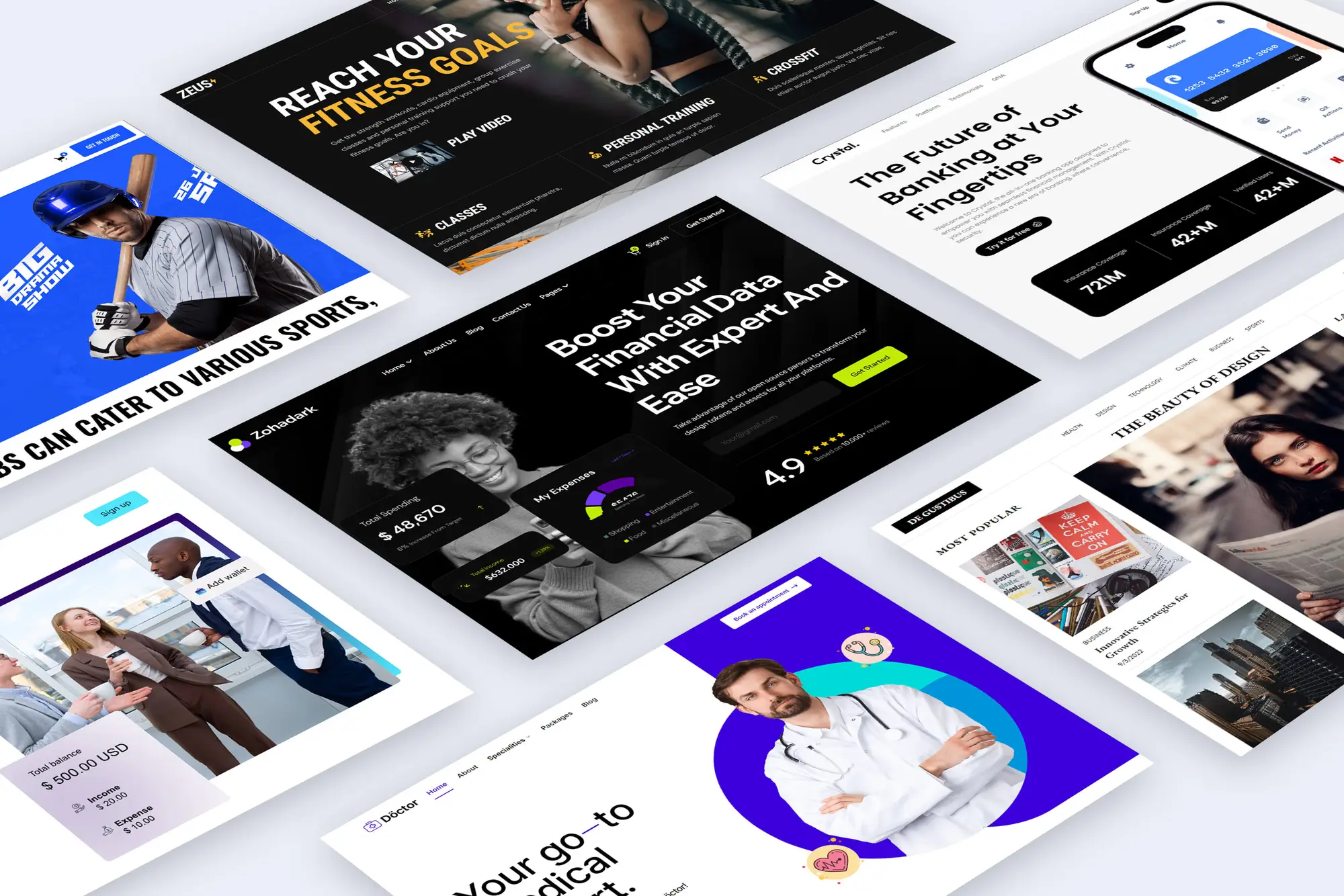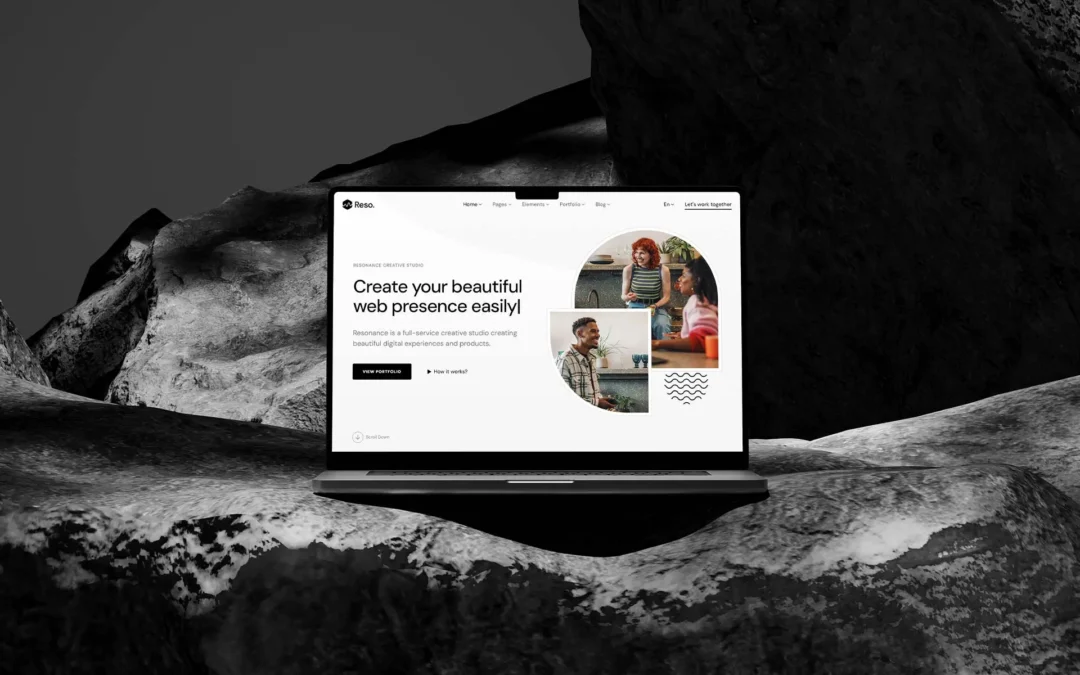Introduction
Are you searching for ways to improve customer engagement through your website? A website isn’t just a digital storefront; it’s your brand’s most powerful tool for captivating customers and building lasting relationships.
Today, customers expect more than simple products or services—they demand personalized, seamless, and interactive experiences that make them feel connected to your brand. That’s where customer engagement shines. From intuitive navigation to compelling content, every aspect of your website can amplify engagement and loyalty.
This guide explores actionable strategies to elevate customer engagement, transforming casual visitors into loyal brand advocates.
The Internet’s Role in Driving Customer Engagement
The internet has fundamentally transformed communication and commerce by connecting billions of users daily. Whether browsing products or engaging on social media platforms, customers revolve around the digital space to make informed decisions.
For businesses, the internet bridges communication gaps, enabling real-time interaction with customers globally. Websites, in particular, have become essential tools for generating customer engagement, offering constant access to information, updates, and services.
A well-optimized website enhances brand resonance by turning digital interactions into meaningful experiences. It’s no exaggeration to say that websites now serve as the primary battleground for building loyal customer bases.
Why Websites Are Core to Customer Engagement
A website is the first impression many customers have of your business—an impression that often decides whether users stick around or leave. Key features of an engaging website include fast navigation, professional design, and valuable content. These elements collectively encourage interaction, build trust, and foster a deeper connection with visitors.
An engaging website extends beyond selling; it creates experiences. Features like live chat, intuitive design, and dynamic content show commitment to the customer, reinforcing trust and inspiring return visits.
Ultimately, your website isn’t just a resource—it’s a platform to cultivate customer engagement and loyalty.
Read more on How to Choose the perfect Website Design Service and Finding the Best Web Design Agency in Ghana

Factors That Drive Customer Engagement
Certain components are essential for boosting customer engagement on your website:
-
User-Friendly Design and Navigation
A clear, accessible design ensures users can find what they need effortlessly, reducing bounce rates. -
High-Quality Content
Content that informs, entertains, and resonates keeps users drawn to your site, increasing dwell time. -
Personalization Features
Recommendations tailored to customer behavior provide a bespoke experience. -
Social Media Connectivity
Link your website to active social platforms to increase interaction. -
Mobile Optimization
With many customers browsing via smartphones, having a mobile-ready site is critical for seamless customer engagement.
Intuitive Design and Navigation
Design isn’t just about aesthetics—it’s about functionality. A user-friendly website ensures customers feel confident navigating your offerings without frustration.
The menu layout should guide visitors naturally toward key sections, whether it’s products, services, or contact information. Speed also matters; customers won’t wait for slow-loading pages to reveal content.
Avoid overwhelming users with clutter. A straightforward, responsive design improves usability and boosts customer engagement, leaving visitors with positive impressions of your brand.
Quality Content for Maximum Engagement
Content is the foundation of customer engagement. Whether it’s blogs, videos, or infographics, quality content that delivers value leaves a lasting impression.
Craft informative blog posts that solve user questions, engaging product descriptions, and visual media that complements your message. For example, tutorial videos explaining product usage can not only captivate customers but also strengthen purchasing decisions.
Always remember, authenticity in your content fosters trust and encourages deeper customer loyalty.
The Power of Personalization
Personalization enhances customer engagement by addressing specific user needs effectively. Examples include tailored product recommendations, location-based greetings, or promotions tied to user behavior on previous visits.
E-commerce sites showcasing complementary items based on browsing history often achieve higher conversions and retention. This customization makes customers feel valued, ultimately translating into stronger, lasting relationships.
Learn more about the effectiveness of dynamic content personalization.
Leveraging Social Media to Enhance Customer Engagement
Social media isn’t just for likes and shares; it’s a direct bridge to your audience. Integrating social platforms with your website encourages deeper engagement.
Embed buttons for sharing and interacting on Facebook, Instagram, and Twitter. These features allow users to voice their opinions, helping amplify your brand visibility.
Additionally, running interactive social campaigns using polls and contests can convert followers into high-value web traffic. By creating this loop between social media and your website, you solidify strong customer engagement strategies that keep the audience loyal over time.
Read about advanced strategies for social media integration.
Why Mobile Optimization Is Vital for Engagement
Modern customers are constantly on the go, relying heavily on smartphones to access digital content. Mobile-optimized websites deliver seamless experiences, showcasing fast loading times and easy navigation—two critical factors driving higher customer engagement.
Features like click-to-call buttons and simplified e-commerce checkout systems enhance functionality, providing potential customers with faster solutions. When customers feel supported, they’re more likely to engage meaningfully with content.
Mobile optimization isn’t optional—it’s critical for brands aiming to thrive in competitive, mobile-first markets.
Analytics and Improving Engagement
Website performance data is invaluable for fostering more effective customer engagement strategies. Analytics tools provide in-depth metrics like session length, bounce rates, and repeat visitor stats, letting you fine-tune your site’s structure to suit user habits.
For instance, A/B testing specific call-to-action placements can reveal which versions users respond to most. Similarly, heatmaps show where people focus their clicks, helping you refine and improve with precision.
Keeping track of these metrics ensures a customer-first approach that evolves alongside user behaviors.
Final Thoughts
Websites are the central touchpoint of your digital strategy, and getting customer engagement right makes all the difference. By prioritizing user-friendly design, creating high-value content, and integrating personalization tools, businesses can significantly improve their online engagement metrics.
From mobile-optimized designs to social media influences, every brand must evolve their website strategies to remain relevant in a growing digital economy. Measuring engagement through analytics and adjusting methods ensures businesses keep thriving amidst these changes.
Tackle these strategies today, and build a site where visitors don’t just browse—they connect, interact, and evolve into loyal customers that fuel your business growth.






0 Comments